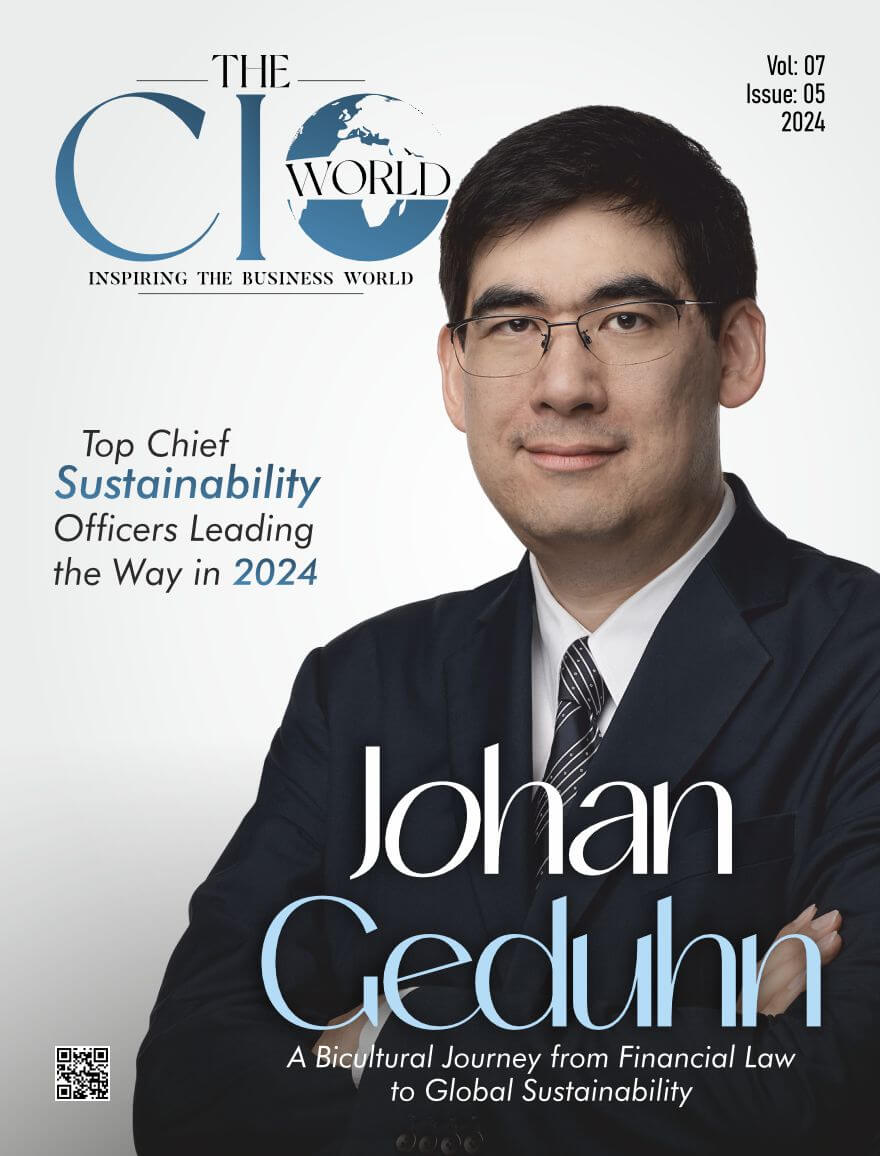Although batteries have limited energy storage capacity, more firms are showcasing their intentions to create electric regional aircraft at the Paris Air Show this year.
Additional buyers for its next 19-seat hybrid-electric ERA, Netherlands-based French startup Aura Aero were announced here. The 44-seat, all-electric Maeve-01 was unveiled by Wichita, Kansas-based With the 30-seat, hybrid-electric SJ30Y Pangea, the AirCraft Company entered the fray.
They are a part of a growing group of electric regional aircraft companies, which also includes the four-passenger Electron 5 from UK/Dutch Electron Aircraft, the nine-seat Microliner from Germany’s Vaeridion, and the thirty-seat hybrid-electric ES-30 from Sweden’s Heart Aerospace.
At the event, Toulouse-based Aura Aero and a Philippine regional airline signed a memorandum of understanding for the purchase of three ERAs with a range of 1,600 km (995 mi) and a capacity of 19 passengers or 1,900 kilogrammes (4,200 lb) of cargo. Elit’Avia, a private aviation company established in Malta, expanded the letter of intent it already had by eight aircraft to 28.
The Maeve-01’s conceptual design is complete, and the Dutch startup has chosen Siemens’ Xcelerator portfolio to create a digital twin of the aircraft for the program’s next phase, in which it wants to construct a full-scale powertrain demonstrator, from the battery pack to the electric motor.
According to co-founder Joost Dieben, the business intends to run the full-scale powertrain by the middle of 2024 and is aiming for service entry by 2030. Maeve was chosen by the European Innovation Council in December to receive a potential grant of €17.5 million ($19.1 million), and she is currently raising the necessary matching funds.
The business estimates that the Maeve-01 will have a range of 460 km by using batteries with an energy density of 500 Wh/kg, as opposed to the current maximum of 300 Wh/kg for lithium-ion.







